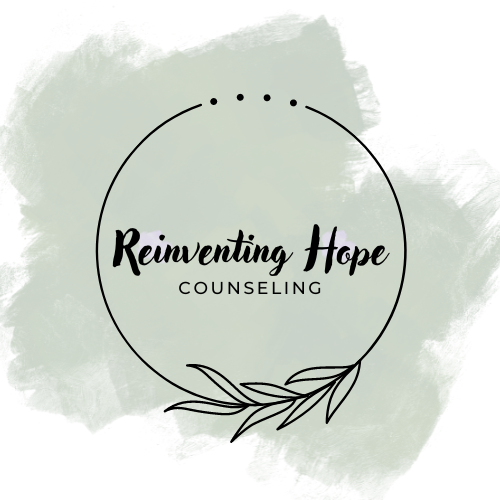Attachment Styles Explained and How Trauma Shows Up In Them
“Needs that do not get met in childhood become adult needs.” - Linda Curran
Attachment Styles Explained and How Trauma Shows Up In Them
Attachment styles are patterns of relating to others that are developed early in life, based on our experiences with caregivers and/or other important people in our lives and early experiences. It is our “internalized map” for relationships and can influence who we are, how we interact with others, and how we form and maintain relationships in adulthood. It is important to identify which attachment style we have to see how it might be impacting our lives.
Four Main Attachment Styles
Secure attachment: People with a secure attachment style feel comfortable getting close to others and depending on them. They are reliable, consistent, responsive to their partner's needs, and have a good balance of being there for themselves and others. They don’t play games, are quick to forgive, think the best of their partners, and are effective communicators.
Anxious-preoccupied (ambivalent) attachment: People with an anxious-preoccupied attachment style tend to stem from a pattern of inconsistency and tend to be clingy and needy in relationships (making it difficult for them to focus on anything else). They often worry that their partner will leave them and may have a difficult time trusting others. They tend to be overly sensitive to rejection or criticism and interpret cues as negative and personally. These individuals tend to over focused on others and under focused on themselves.
Avoidant-dismissive attachment: People with an avoidant-dismissive attachment style tend to be emotionally distant in relationships and may have difficulty connecting with others on a deeper level since they had to focus on their own needs and wants as a child without the support of others. They may prioritize independence over intimacy and may struggle to express their emotions or needs. These individuals tend to over focused on self and under focused on others.
Disorganized attachment: People with disorganized (sometimes referred to as disoriented or fearful-avoidant) attachment style may alternate between wanting to be close to others and pushing them away due to their attachment system wanting to get close with others but threat response going off around those close to them. They may have a difficult time trusting others and may fear rejection or abandonment. They may also struggle with regulating their emotions and prone to anxiety or depression.
Ways trauma can impact different attachment styles:
In anxious-preoccupied (ambivalent) attachment, trauma can intensify the need for emotional closeness and intimacy, which can lead to anxious attachment behaviors such as seeking constant reassurance from the partner, fear of abandonment, and clinginess.
In avoidant-dismissive, trauma can intensify the need for emotional independence, which can lead to avoidant attachment behaviors such as emotional detachment, fear of intimacy, and reluctance to express emotions or needs.
In disorganized attachment, trauma can lead to disorganized attachment behaviors such as fear of attachment and avoidance of intimacy, along with intense, contradictory emotions and behaviors.
Healing from attachment styles and impacts of trauma is a process that takes time and effort (and can look different for each person). Be patient with yourself and your partner, celebrate small victories along the way, find new ways to create connection and safety, and get support from the community or a therapist.
There are many attachment quizzes online, but here are a few:
https://psychcentral.com/quizzes/attachment-style-quiz
https://www.attachmentproject.com/attachment-style-quiz/
Also, I recommend “Attached” by Amir Levine and Rachel Heller.

